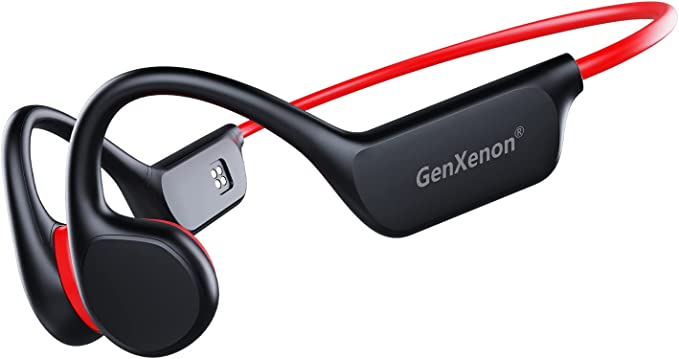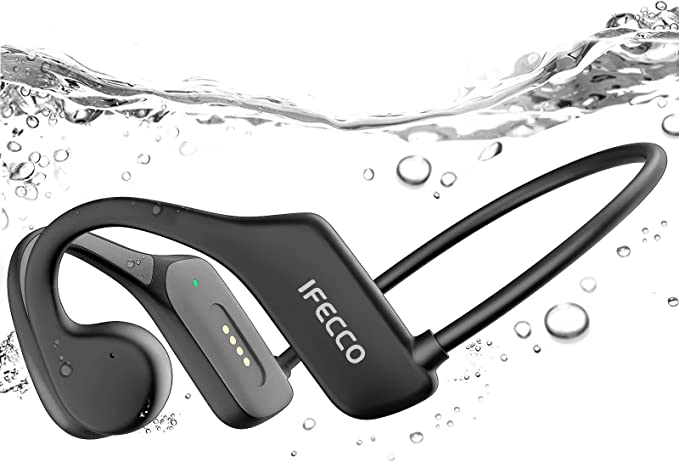More Than a Toy: How Balancing Gadgets Boost Child Development
Update on Oct. 25, 2025, 5:42 p.m.
In an age dominated by screens, a common worry echoes in the minds of parents: is my child moving enough? We see them engrossed in digital worlds, and we long for them to experience the simple, profound joy of physical play. The challenge isn’t just about reducing screen time, but about finding activities that are genuinely more appealing. What if a trendy gadget, often dismissed as “just a toy,” could actually be a powerful tool for a child’s physical and cognitive development?
Before you write off that UNI-SUN hoverboard your child is dreaming of, let’s explore the fascinating science of how dynamic balancing activities can be one of the most beneficial forms of play for a growing brain and body.

Meet the “Hidden Senses” That Govern Movement
We all know the five basic senses. But to understand balance and coordination, we need to meet two “hidden superpowers” that are constantly at work:
- The Vestibular System: Located in the inner ear, this is your body’s internal GPS. It tells your brain about your body’s motion, head position, and relationship to gravity. It’s what lets you know if you’re upright, upside down, spinning, or moving in a straight line. A well-stimulated vestibular system is crucial for balance, posture, and even eye movement control.
- Proprioception: This is your “body awareness” sense. Receptors in your muscles and joints constantly send signals to your brain, telling it where your body parts are in space without you having to look. Close your eyes and touch your nose—that’s proprioception at work. It’s fundamental for smooth, coordinated movements.
For children, developing these two senses is as critical as learning to read or write. According to the American Academy of Pediatrics, active, unstructured play is essential for healthy development, and activities that challenge these systems are particularly potent.
The Hoverboard as a Fun Sensory “Workout”
When a child gets on a hoverboard, they are not just having fun; they are engaging in an intensive sensory integration workout. Every tiny adjustment they make is a conversation between their brain and these hidden senses.
- Vestibular Stimulation: The constant, subtle shifts in balance—tilting, turning, accelerating, and decelerating—provide a rich stream of input to the vestibular system. This “tunes up” the body’s internal GPS, helping the brain get better at processing motion and maintaining equilibrium, not just on the board, but in all aspects of life.
- Proprioceptive Feedback: To stay balanced, a child must be acutely aware of how their body is positioned. They learn to make micro-adjustments with their ankles, knees, and core muscles. This constant feedback loop (“I’m leaning too much, I need to shift my weight back”) strengthens the connection between the brain and the body, refining their proprioceptive map.
The UNI-SUN hoverboard, described by its manufacturer as easy for beginners to learn in just five minutes, provides an accessible entry point to this kind of play. Its self-balancing mechanism gives support, allowing kids to build confidence and experience success quickly, encouraging them to continue practicing and developing these skills.
Beyond Balance: Building Confidence and Focus
Mastering a hoverboard provides a powerful dose of input for these sensory systems. But the benefits don’t stop at physical stability. The process of learning, practicing, and eventually gliding with confidence has profound ripple effects on a child’s emotional and cognitive development.
- Increased Confidence: Learning a new, challenging physical skill provides an immense sense of accomplishment. The journey from wobbly first attempts to smooth, confident cruising is a tangible victory that boosts self-esteem.
- Improved Focus: Staying balanced on a hoverboard requires sustained attention. The rider must be present and focused on the feedback their body is giving them. This type of active, physical concentration can be a healthy antidote to the passive focus of watching a screen.
- Enhanced Spatial Awareness: Navigating their environment on wheels helps children develop a better understanding of their body in space, improving their ability to judge distances and maneuver around obstacles.
Safety First: Channeling Fun Responsibly
Of course, the potential for falls and injury is a primary concern for any parent. The thrill of these toys must always be paired with responsible safety practices.
- Gear Up: A helmet is non-negotiable. Wrist guards, elbow pads, and knee pads are also strongly recommended, especially for beginners.
- Safe Spaces: Practice should always happen in a safe, open area away from traffic, cracks, and obstacles. A smooth driveway or an empty park path is ideal.
- Supervision: Adult supervision is crucial, especially in the early learning stages.
By establishing these rules from the start, you teach children that taking on exciting challenges goes hand-in-hand with being smart and prepared.

Conclusion: Investing in Play is Investing in Development
In our quest to give our children the best, we often focus on structured lessons and academic tools. But we must not forget the profound power of play. Dynamic, challenging play on a balancing gadget like a hoverboard isn’t frivolous; it’s foundational. It builds stronger bodies, more connected brains, and more confident kids. When you see your child gliding by with a smile, know that they aren’t just playing—they are growing.





























